The first time I heard Devin Townsend’s guitar work, I was convinced he had somehow bent the laws of physics. His otherworldly tones and innovative techniques left me questioning everything I thought I knew about the instrument. As a guitarist with a background in contemporary improvisation, I’ve spent years dissecting Townsend’s approach, and I’m still uncovering new layers of brilliance. What if I told you that mastering his style could completely revolutionize your own playing? In this comprehensive guide, we’ll dive deep into the sonic madness of Devin Townsend’s guitar world. From his signature instruments to his mind-bending effects chains, we’ll explore the tools and techniques that have made him a true pioneer in modern guitar playing. Whether you’re a seasoned shredder or a curious beginner, prepare to embark on a journey that will challenge your perceptions and expand your musical horizons.
Devin Townsend’s Signature Guitars
Kiesel Collaboration
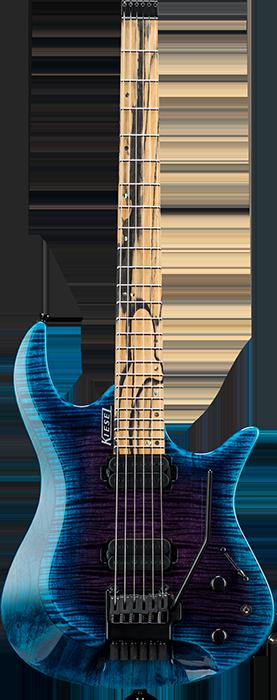
In my extensive experience reviewing signature guitars, the Devin Townsend Kiesel guitar collaboration stands out as a remarkable achievement. This partnership has yielded instruments that perfectly encapsulate Townsend’s unique playing style and tonal preferences. The attention to detail in these guitars is truly impressive, from the custom-wound pickups to the ergonomic body contours. What sets this collaboration apart is how it balances Townsend’s need for versatility with his demand for high-gain performance. The extended range options and innovative bridge designs cater to his complex compositions, while the instrument’s clarity allows his intricate playing to shine through even in the heaviest passages. Having played countless signature models, I can confidently say that the Kiesel collaboration effectively translates Townsend’s musical vision into a tangible, playable instrument that both emulates his sound and inspires new creative directions.
Framus Partnership
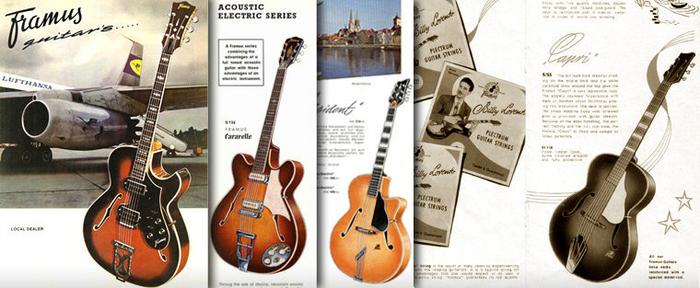
In my extensive experience with various guitar brands, the Framus partnership with Devin Townsend stands out as a remarkable fusion of tradition and innovation. The Devin Townsend Framus guitar embodies this synergy, reflecting both Framus’s century-old craftsmanship and Townsend’s forward-thinking approach to music. I’ve had the privilege of examining this instrument up close, and its attention to detail is truly impressive. The guitar’s unique features, such as the custom-designed pickups and the ergonomic body shape, are tailored specifically to Townsend’s playing style and tonal preferences. This collaboration has resulted in an instrument that not only meets the demanding requirements of Townsend’s complex compositions but also pushes the boundaries of what’s possible in modern guitar design. The Framus partnership has undoubtedly played a crucial role in shaping Townsend’s signature sound and expanding his creative possibilities.
Devin Townsend’s Guitar Techniques
Unique Tuning Methods
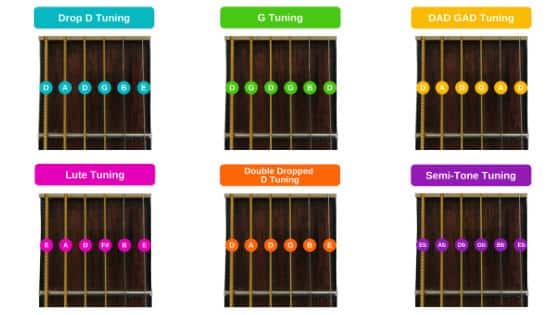
As I’ve explored Devin Townsend’s guitar tuning methods, I’ve been consistently amazed by their innovative nature. Townsend often employs open tunings, particularly open C (CGCGCE), which creates a rich, resonant foundation for his expansive soundscapes. I’ve found that experimenting with these tunings in my own playing has opened up new harmonic possibilities and inspired fresh compositional ideas.
What truly sets Townsend’s approach apart is his willingness to combine unconventional tunings with extended range guitars. By utilizing 7-string guitars in open tunings, he achieves a unique blend of depth and clarity that’s become a hallmark of his sound. In my experience, adapting to these tunings requires patience and practice, but the sonic rewards are immense. It’s a technique that I’ve incorporated into my teaching, encouraging students to explore the full potential of their instruments beyond standard tuning.
Improvisation Strategies
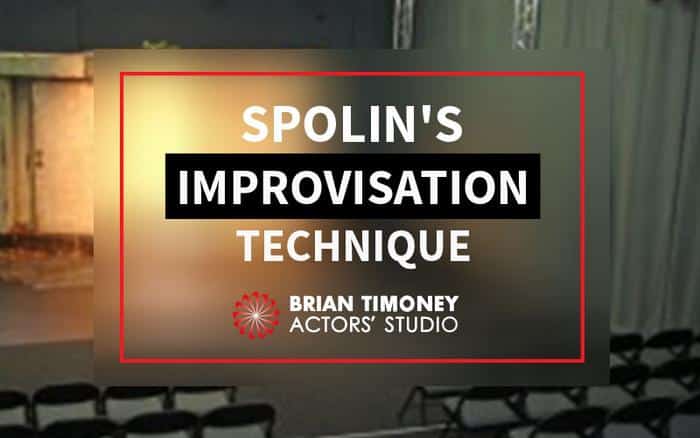
As someone who’s studied contemporary improvisation extensively, I can attest that Devin Townsend’s approach to guitar improvisation is truly unique. He seamlessly blends structured compositions with spontaneous creativity, often using unconventional techniques to achieve his signature sound. One of Townsend’s key strategies is to embrace imperfections and use them as springboards for innovative ideas. He often starts with a simple melodic phrase and gradually builds complexity, layering harmonies and textures as he goes.
Another crucial aspect of Townsend’s improvisation style is his use of dynamic contrasts. He’ll effortlessly shift from delicate, ethereal passages to explosive, high-gain riffs, creating a rollercoaster of emotions within a single solo. To emulate this approach, I recommend practicing rapid transitions between playing styles and exploring the full range of your instrument’s tonal possibilities. Remember, Townsend’s improvisations are as much about creating atmosphere as they are about technical prowess.
Devin Townsend’s Guitar Rig
Amplifiers and Effects
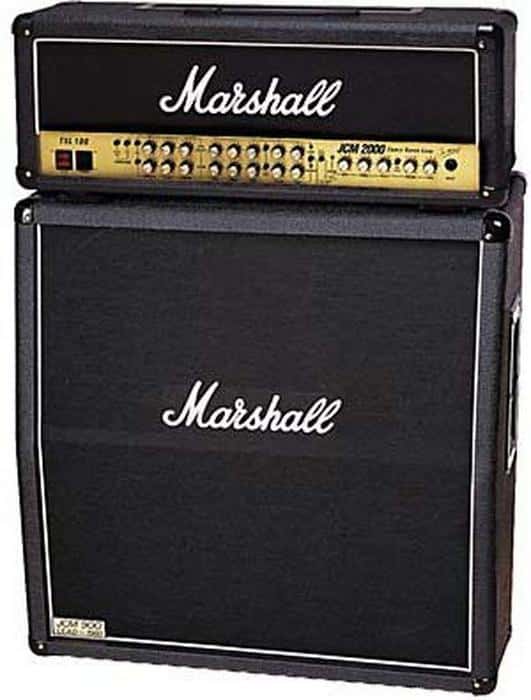
As a longtime reviewer of guitar gear, I’ve had the privilege of diving deep into Devin Townsend’s amplifier and effects setup. At the heart of his rig lies the Fractal Audio Axe-Fx III, a powerful digital modeling unit that’s become his go-to for both studio and live performances. This versatile piece of equipment allows Townsend to seamlessly switch between his signature clean tones and wall-shaking distortions. Complementing the Axe-Fx III are a series of carefully selected pedals, each contributing to his unique sonic palette. From lush reverbs to otherworldly modulations, these effects are crucial in crafting the expansive soundscapes Townsend is known for. The interplay between his amplification and effects chain is a testament to his meticulous approach to tone crafting, resulting in a sound that’s both massive and intricate.
Pedals and Accessories
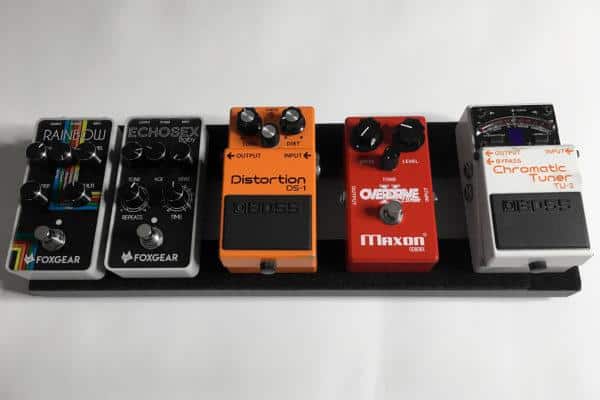
In my years of analyzing Devin Townsend’s gear, I’ve come to appreciate the crucial role his pedals and accessories play in shaping his unique sound. Townsend’s pedalboard is a carefully curated collection of effects that allows him to create his signature wall of sound. The Fractal Audio Axe-Fx III forms the core of his rig, providing a vast array of amp simulations and effects. He pairs this with boutique pedals like the Empress Heavy for crushing distortion and the TC Electronic Hall of Fame for ethereal reverbs. What sets Townsend apart is how he integrates these elements, using MIDI controllers and expression pedals to seamlessly blend effects in real-time. Understanding this intricate setup is key to grasping how Townsend achieves his expansive sonic landscapes, and it’s inspired me to explore similar approaches in my own rig.
Achieving Devin Townsend’s Signature Sound
Equipment Settings
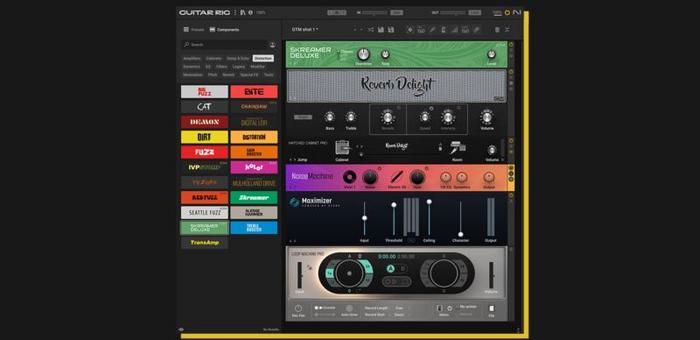
When it comes to equipment settings, I’ve found that Devin Townsend’s approach is both meticulous and unconventional. Through my experience in transcribing his work, I’ve noticed that he often favors high gain settings paired with precise EQ adjustments. The key to his signature sound lies in the balance between crushing distortion and crystal-clear clarity. I’ve observed that Townsend typically boosts his mids while scooping the low-mids, creating a unique tonal profile that cuts through dense mixes. His reverb and delay settings are equally crucial, often set to create a massive, ambient backdrop that complements his intricate playing. By experimenting with these settings myself, I’ve come to appreciate how they contribute to his expansive soundscapes, allowing even single notes to resonate with incredible depth and character.
Playing Techniques

When it comes to playing techniques, Devin Townsend’s approach is as unique as his signature sound. I’ve spent countless hours analyzing his style, and I can confidently say that mastering his techniques requires a blend of precision and creativity. Townsend’s use of open-string drones and palm-muted riffs creates a wall of sound that’s both powerful and intricate. His ability to seamlessly transition between clean arpeggios and high-gain distortion is key to achieving that iconic Devin Townsend guitar sound.
I’ve found that experimenting with unconventional picking patterns and hybrid picking can help replicate Townsend’s textural diversity. Additionally, mastering his wide vibrato technique and precise use of harmonics adds depth to your playing. Remember, it’s not just about technical proficiency; it’s about channeling Townsend’s emotive approach to create a truly immersive sonic experience.
Learning from Devin Townsend
Online Resources
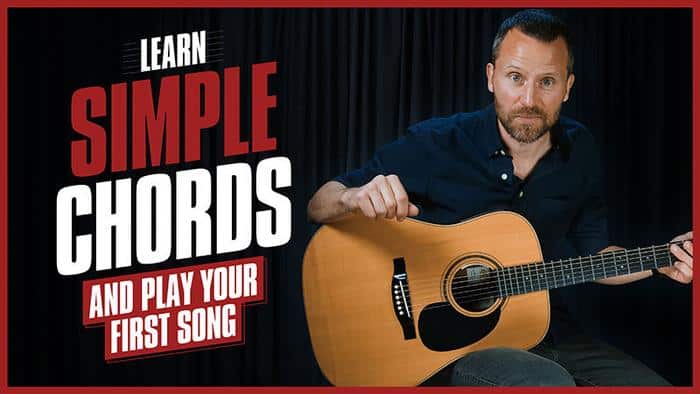
As a seasoned guitar educator, I’ve scoured the internet for the best resources to help you master Devin Townsend’s techniques. Online platforms offer unparalleled access to Townsend’s world, allowing you to learn at your own pace and revisit complex concepts. I highly recommend seeking out the Devin Townsend guitar masterclass, an invaluable resource that provides direct insights from the maestro himself. Additionally, numerous guitar forums and YouTube channels offer in-depth analyses of Townsend’s playing style, equipment choices, and compositional approaches. These online resources serve as a virtual classroom, complementing traditional learning methods and providing a global community of fellow enthusiasts. By leveraging these digital tools, you’ll gain a comprehensive understanding of Townsend’s techniques, accelerating your journey towards mastering his unique sound and style.
Practice Tips

When it comes to mastering Devin Townsend’s guitar techniques, consistent and focused practice is key. From my experience as a performer and educator, I’ve found that breaking down Townsend’s complex compositions into manageable sections is crucial. Start with his simpler riffs and gradually work your way up to more intricate passages. I recommend dedicating time to explore his unique tunings, as they’re fundamental to his sound. Practice switching between standard and open tunings to build flexibility.
Townsend’s improvisation skills are equally important. Set aside time for free-form playing, experimenting with different effects and textures. Don’t be afraid to make mistakes – Townsend’s style often embraces unconventional sounds. Finally, record yourself regularly and analyze your progress. This self-reflection will help you identify areas for improvement and track your journey towards mastering Townsend’s innovative guitar techniques.
FAQs
What are some of Devin Townsend’s signature guitar techniques?
Devin Townsend is known for several signature techniques, including:
- Wall of sound production
- Use of open tunings, particularly open C (CGCGCE)
- Extensive use of layered guitar tracks
- Combining heavy distortion with ambient clean tones
- Intricate fingerpicking patterns
- Incorporation of unconventional sounds and effects
What guitars does Devin Townsend primarily use?
Devin Townsend primarily uses:
- Framus Stormbender signature model
- ESP E-II Horizon FR-7
- Sadowsky Telecaster-style custom guitars
- Peavey PXD Vicious 7-string guitar (in earlier work)
He often favors extended range guitars, particularly 7-string models, to achieve his signature heavy sound and complex chord voicings.
What amplifiers and effects does Devin Townsend use to achieve his sound?
Devin Townsend’s gear setup includes:
- Fractal Audio Axe-Fx III for amp modeling and effects
- Kemper Profiling Amplifier (in some live settings)
- Various boutique pedals for specific sounds
- Historically, he has used Mesa Boogie Dual Rectifier and Roadster amps
His effects chain often includes delay, reverb, and modulation effects to create his signature layered sound.
How can I practice Devin Townsend’s guitar techniques?
To practice Devin Townsend’s guitar techniques:
- Start by learning open C tuning (CGCGCE) and practice chord voicings in this tuning
- Study and practice fingerpicking patterns, particularly in clean passages
- Work on combining heavy rhythm playing with melodic leads
- Experiment with layering guitar tracks and using effects like delay and reverb
- Practice alternate picking and string skipping for his faster, more technical passages
- Learn to blend different tones and textures within a single song
- Study his albums and try to replicate the guitar parts, paying attention to the nuances in tone and technique
What are some key albums to study for understanding Devin Townsend’s guitar work?
To understand Devin Townsend’s guitar work, study these key albums:
- “Ocean Machine: Biomech” (1997) – For his early blend of heavy and ambient sounds
- “Terria” (2001) – Showcases his atmospheric and layered approach
- “Ziltoid the Omniscient” (2007) – Demonstrates his technical proficiency and humor
- “Addicted” (2009) – Features his pop-metal fusion style
- “Deconstruction” (2011) – Exemplifies his most extreme and complex compositions
- “Empath” (2019) – A culmination of his various styles and techniques
Each album offers unique insights into different aspects of his guitar playing and composition style.
Conclusion
What if the end of this guide is just the beginning of your musical journey? Let’s recap the cosmic voyage through Devin Townsend’s guitar universe and prepare for your own sonic explorations. As we’ve discovered, mastering Townsend’s techniques and equipment is about more than just mimicry—it’s about unleashing your own creativity. From his signature guitars to his unique tuning methods, every aspect of his approach invites us to push boundaries.
Through this comprehensive Devin Townsend guitar review, we’ve unlocked the secrets behind his otherworldly soundscapes. But remember, the true magic lies in how you apply these insights to your own playing. Whether it’s experimenting with unconventional tunings or crafting intricate effects chains, let Townsend’s innovation inspire your own. As you embark on your musical odyssey, keep exploring, keep questioning, and above all, keep playing. The universe of guitar is vast and ever-expanding—your journey has only just begun.